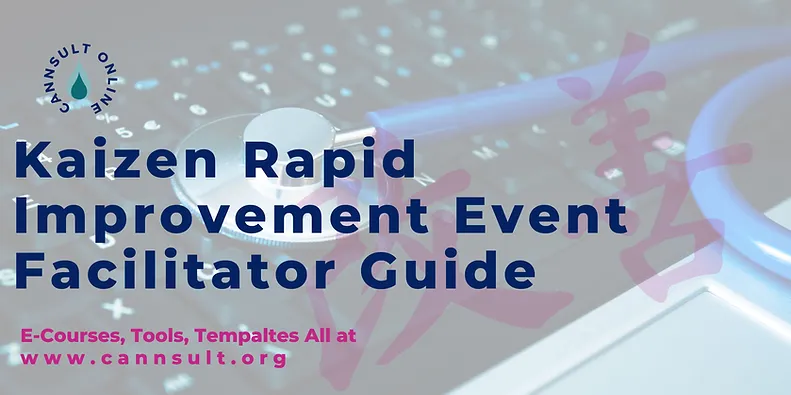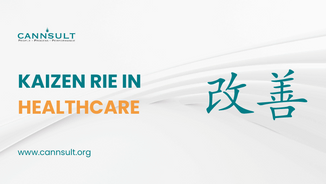Healthcare workers continue to perform under huge strains with tighter budgets, continually changing rules and regulations, as well as an increasing number of visitors whose insurance isn’t covered by private practitioners.

But perhaps nothing compares to the demands and changes all over the world during the Covid-19 Pandemic. The overall aim of healthcare professionals is to provide access to high-quality care. This leads many hospital staff and administration to question hospital operations, and think “There has to be a better way!”. Well, we have good news, there is!
There Is A Better Way
Most of us have experienced frustration with medical processes from a patient point of view; long wait times, repetition of information requests, and confusion. And we’ve also experienced unbelievable gratitude for the staff who cares for us or our loved ones.
As a means to get to the caring part and avoid the outdated procedures and red tape, many healthcare professionals are leaning on Lean!
Lean has been used as a way to improve processes across industries since the early 1900s. It’s all about reducing the waste, duplication, mistakes, and frustrations that get in the way of delivering the highest quality care. That being said, now in 2021 we are aware of how Lean methods have evolved, and we’ve become much more strategic about which continuous improvement method we should use to resolve which issue.
Kaizen in Healthcare
Healthcare professionals are perfectly suited for Kaizen Events. They are used to working with a sense of urgency, they recognize the importance of preparation, they have to pay attention to the details, and they understand the importance of follow up and aftercare.
These are all key skills required for a successful Kaizen Event (or Rapid Improvement Event).
A Kaizen Event is where a team gets the chance to put all other work aside for a set period of time and work together to develop, test, and implement a solution that will fix a particular problem. The process is very similar to a full-blown DMAIC project. But consolidated into a short period of time (and the solution happens during a specific event).
Where many hospitals choose to run large-scale, long-term continuous improvement projects, some combine these with Kaizen events, and many organizations that we’ve worked with strictly work with Kaizen rapid improvement events.
Put simply, kaizen events are best done in these 5 steps
-
Identify Opportunities for Kaizen Events
-
Select the Team & Kickoff the Project
-
Prepare for the Event
-
Run the Rapid Improvement Event (2-5 days)
-
Follow up to ensure the improvement is sustained
These steps might sound simple, but doing it right (if you want to see real results materialize) will prove to be too heavy a lift for those not trained in facilitating Kaizen Events. And, while the improvements are developed and implemented during the Event step, all the 5 steps are absolutely crucial to a successful project.
Examples of Kaizen in Healthcare
In our many years of guiding healthcare organizations through a wide variety of continuous improvement projects, we’ve come across quite a collection of Kaizen Rapid Improvement Events.
Below are 20 examples of successful healthcare Kaizen Events:
- Reduce PRITAs (Pharmacy Requisition/Inventory Transfer Authorization) expenses.
- Decrease Rx missing or inaccurate information (e.g. drug strength, quantity, unit cost).
- Eliminate unnecessary department closures due to staff coverage
- Decrease turn-over times between surgical cases
- Reduce “Time to phones” for new advice nurses
- Decrease CT/MR scheduling delays due to protocols
- Improve recruitment cycle time
- Increase employee engagement and retention
- Reduce rejected specimens and patient recalls
- Complete all labs as ordered when a patient presents to the lab
- Increase clinic operational efficiencies and standardize workflows
- Decrease wait time in the waiting room
- Reduce pharmacy wait time
- Increase accuracy of diagnosis
- Increase the quality of communication to patient/patient advocate
- Increase % complete Pre-surgical Anesthesia Review
- Increase % Clean, Safe Rooms; Compliance with 16 high-touch audit
- Reduce Patient out-of-pocket costs
- Increase Ready Rooms (Women and Children)
- Reduce patient falls
Interested in getting certified as a Rapid Improvement Event Facilitator? Check out our Accredited E-Course!










